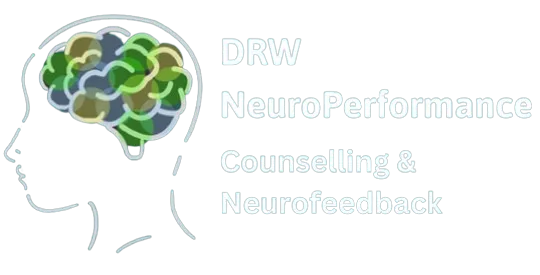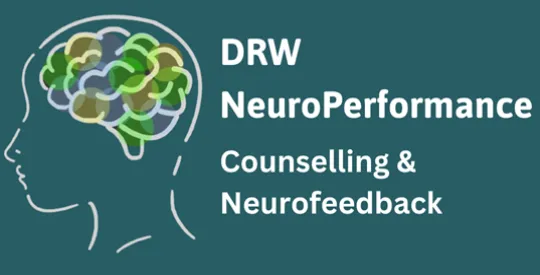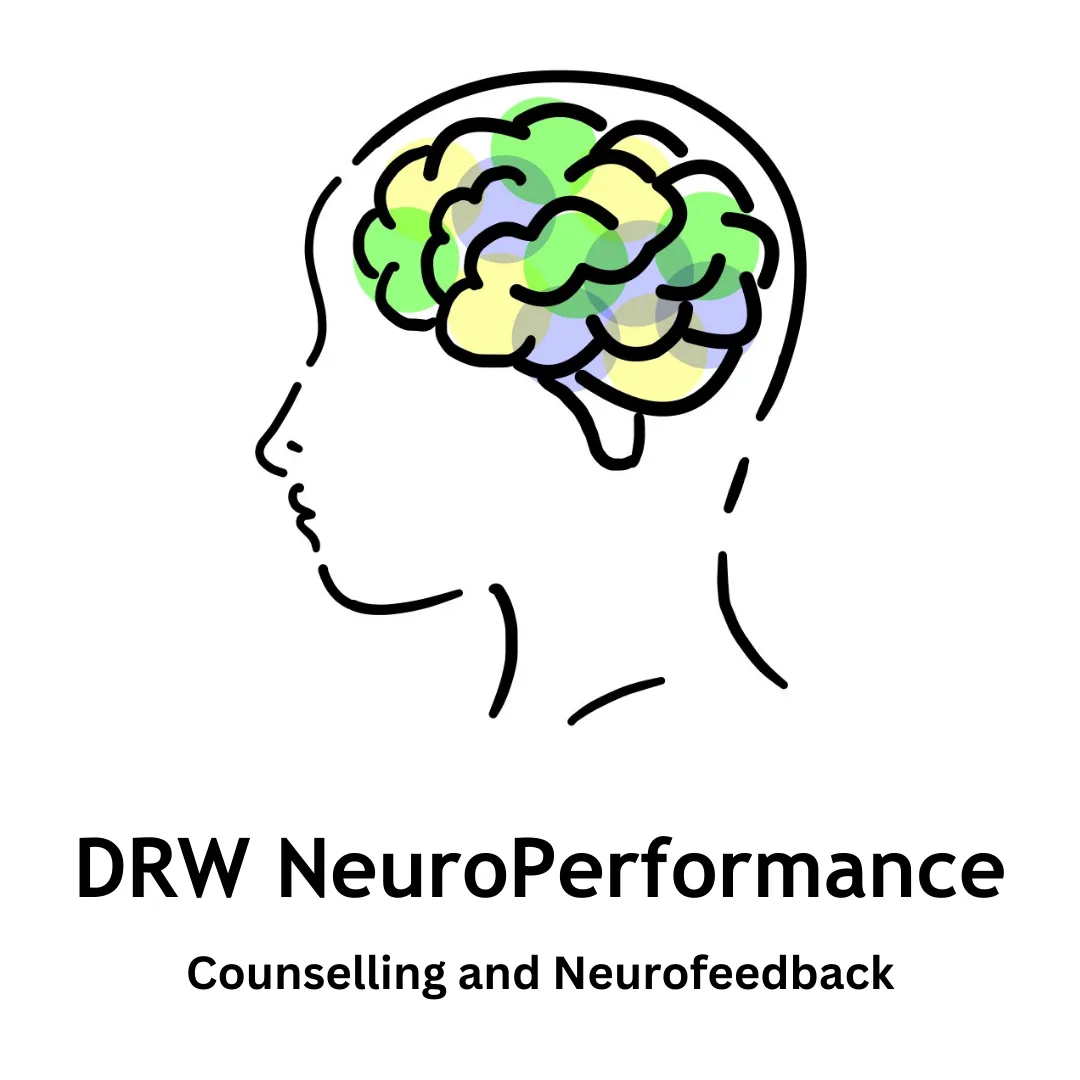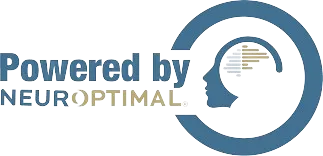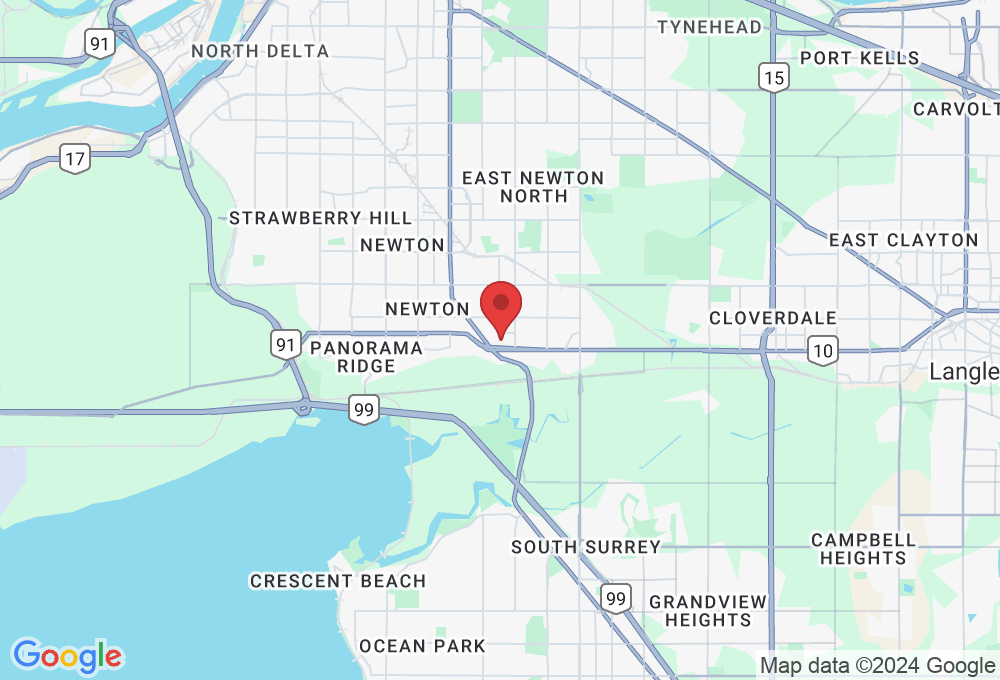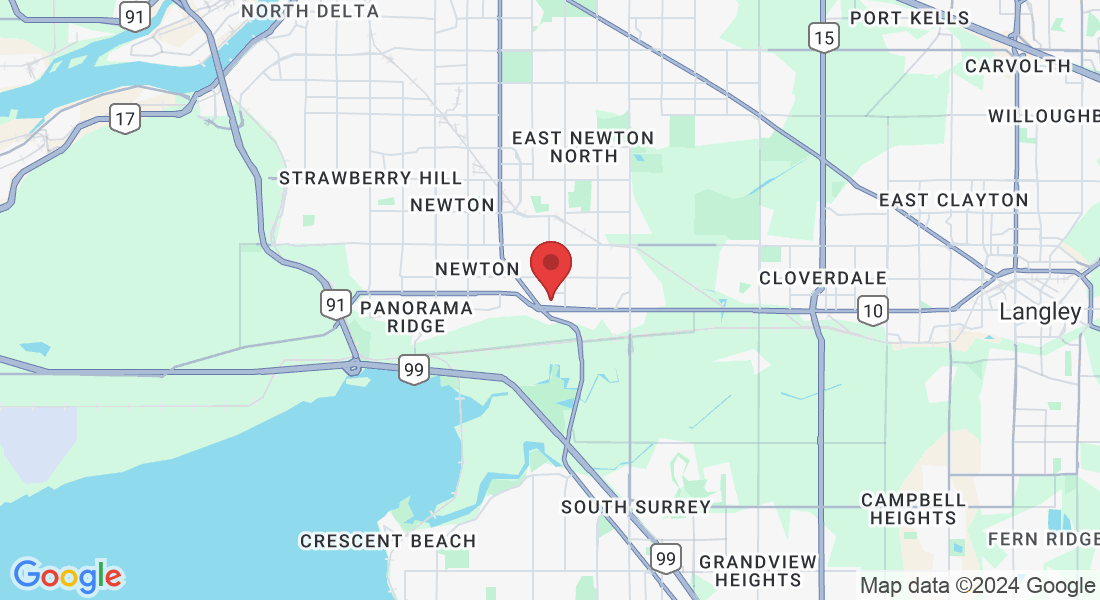Frequently Asked Questions
Frequently Asked Questions
Is Neurofeedback Brain Training Safe?
Yes, neurofeedback training is completely non-intrusive and safe and has been used clinically for over 30 years. Neurofeedback training uses your brain’s own resources – nothing is imposed and there is no artificial stimulation. Neurofeedback relies on your Central Nervous System’s (CNS) inherent intelligence to make changes where it feels it needs to. It is not directing your brain in any way, just providing it with more real-time information, similar to when we look in a mirror and assess ourselves visually. We do not always have a mirror with us, but when we use a mirror, we are able to view ourselves from a fresh perspective and may make changes based on what we see. We make adjustments based on what we learn about ourselves by looking in a mirror. Neurofeedback acts like a mirror for the brain, and your CNS makes changes based on what it has learned from this new information.
Health Canada has determined that NeurOptimal® is a Consumer Product, and the FDA has determined NeurOptimal® to be a General Wellness Device.
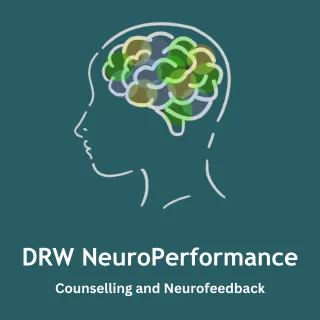
Why Haven’t I Heard Of Neurofeedback Brain Training Before?
The scientific understanding of the way the brain works has been changing rapidly. Just a few decades ago, electrical patterns in the brain were believed to be unimportant and unchangeable. Neurofeedback was originally dismissed as ‘scientifically impossible’. We now know that long held beliefs about the brain were completely incorrect. Neuroscience has advanced quickly and the medical community can be slow to integrate new approaches based on the rapidly evolving information. Medical doctors are not trained in this area as part of their education. They are trained in pharmaceuticals as the means by which to address many health concerns.
Change is coming from a fundamental shift in philosophy, approach, and through consumer demand for non-invasive, drug-free solutions. Slowly, but steadily, more and more individuals are taking advantage of this simple, safe, and non-invasive option towards improved mental fitness.

What Is Neurofeedback Brain Training?
Neurofeedback training has a long history beginning in the 1960's. Neurofeedback uses technology to improve regulation of the brains' electrical energy. By improving the brain's regulation we see increases in overall brain performance. This training modality is backed by a tremendous amount of research indicating its efficacy in addressing issues related to anxiety, ADHD, anger management, post concussive symptoms, sleep challenges, migraines and many other brain based challenges. Peak performance athletes use neurofeedback to enhance focus and the ability to "stay in the zone". Neurofeedback can greatly enhance your well-being and generally help you get the most out of life.
Brain training with Neurofeedback can unlock untapped cognitive potential and help you achieve long-held goals and dreams as you attain the balance and calm you have been seeking.
For many people, Neurofeedback seems like brand-new technology when in reality, it has been around for 50 years. Recent advances in the technology have made it more accessible and more affordable for almost everyone.

How Does It Work?
Neurofeedback can be best described as a personal trainer for your brain. By giving information to the brain about what it’s doing millisecond by millisecond, it is able to self adjust and make changes to increase its own efficiency.
The process involves sensors being placed on the scalp and ears. These are passive instruments. The computer software then records and analyzes the brain activity being picked up by the sensors, and provides instantaneous auditory and visual feedback to the brain allowing it to self adjust and optimize to the moment.
NeurOptimal® neurofeedback can be thought of as meditation at 10 times the power without all the effort. Neurofeedback invites the brain to let go of persistent patterns by leveraging your central nervous system's inherent intelligence to self-correct and restore itself.

Will it Work For Me?
Everyone is different and everyone's sensitivity to the neurofeedback training is different. Some notice results from as few as two to three sessions. More stubborn challenges generally take more sessions. The goal is to improve regulation in the brain and improve the brain's fitness in terms of resilience and flexibility. As improvements in these areas occur, symptoms start to fall away. For some this may be within 10 sessions, while others may require 20-30 sessions before they feel they have reached their goals.
Although training can facilitate astounding changes, it is only one aspect of our lives and other factors can help or constrain the speed and degree of changes. These include some severe or un-diagnosed medical conditions, some medications, hormonal, sleep, hydration, nutrition imbalances, or unsafe living circumstances. We will discuss proven strategies to mitigate, improve or lessen these factors as we work together.
Neurofeedback training does not ‘fix’ any problems. This is not a medical device or treatment. It’s training the brain towards improved fitness.
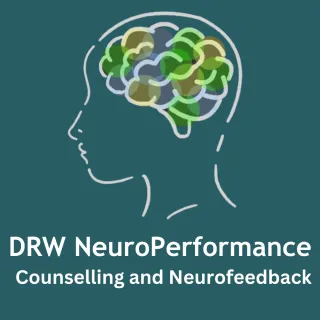
How Will Neurofeedback Brain Training Benefit Me?
Neurofeedback is direct training for the brain which enhances its ability to be more resilient and flexible. Resilience is an important aspect of brain performance as it improves one's ability to bounce back from the ups and downs of life. Improved flexibility increases the brain’s capacity to handle stress in an appropriate fashion and not get stuck in a particular state. We do not want something stressful at the start of our day to put us in a bad mood for the rest of the day. Individuals with a variety of challenges, such as ADHD and anxiety, report improved emotional regulation, self-organization, higher degrees of self-control, and increased clarity. This may manifest most visibly as improvements in tolerating stress in a variety of forms.

How Is NeurOptimal® Different From Other Systems?
NeurOptimal® is the most advanced brain training technology available today.
NeurOptimal® neurofeedback systems are very different from other systems. It is completely non-invasive and non-directive because it is based on both a very different understanding about how the brain works, as well as how it is best optimized.
NeurOptimal® is a "non-linear" neurofeedback training device. Whereas most other neurofeedback devices are "linear" systems. Linear systems are guided by the practitioner. They approach neurofeedback training from a medical model of determining what the problem is and then trying to "fix it". NeurOptimal® takes a holistic approach to neurofeedback. There does not need to be a problem. NeurOptimal® is training the brain towards improved fitness in terms of its flexibility and resilience and as that unfolds symptoms begin to fade away.
In addition, brain training with NeurOptimal® does not target specific areas of the brain nor does it push the brain in any direction by giving it goals to achieve. In this way, NeurOptimal® is globally effective while remarkably free of unwanted side effects.
NeurOptimal® is designed to work with the brain as an information-detection system. By simply giving the brain information about its own activity — about what it has just done— NeurOptimal® helps the brain re-organize itself, thereby activating its own intrinsic healing wisdom. As a result of NeurOptimal® training, the brain becomes more stable and able to manage stresses.

What Conditions Can I Expect To See Improvement In?
According to a NeurOptimal® survey of trainers from around the world, the most common client improvements seen in order are:
1. Attention/Focus
2. Anxiety
3. Stress
4. Depression
5. Trauma • PTSD
6. Headaches • Migraines
7. Chronic Pain • Fibromyalgia • General Well-Being • Burnout
8. Autism • Anger • Irritability & Aggression
9. Addiction • Eating Disorders
10. Mood Swings • PMS • Menopause
11. Peak performance • Confidence • OCD
12. TBI (Traumatic Brain Injury)
13. Epilepsy • Bi-polar • Asperger's • Panic attacks
14. Gastrointestinal problems (Celiac, Constipation)
15. Phobias • Behavioral Issues (Tantrums, Melt downs)
16. Memory • Resiliency
17. Dyslexia • Tourette's • Chemo Brain
18. Asthma
19. Meditative Arts • Performing Arts
20. Specific Noise Disturbance
21. Parkinson's
22. Sleep
Remember these are the most common changes noticed, some may be lower because they are less common.

Are There Side Effects?
Just like when cleaning out the garage, depending on the circumstance, things may get messier before they get more orderly. Most clients report zero side-effects. Many will feel feel tired after a session, a small percentage note a slight increase of prior symptoms, light headaches, overly relaxed, or possibly more sensitive to drugs (medication). This is short lived and usually resolves itself with the first 3-5 sessions.
Just be aware that it is 100% safe for all ages to use.
When you are training, no electricity, vibration or external signal is going into the brain. The sensors are passive instruments which are simply monitoring electrical activity.

Can I Receive Neurofeedback Brain Training While I'm On Medication?
Yes, you can be using medication while receiving neurofeedback training. The basic difference between medication and neurofeedback training is that medication is chemically regulating the brain, whereas neurofeedback trains the brain to regulate itself independently.
IMPORTANT: We strongly encourage you to contact your prescribing doctor while receiving NeurOptimal® neurofeedback training and taking prescription medication. Any changes to your dosage should always be done in consultation with the prescribing medical doctor.

What Happens In A Typical Neurofeedback Session?
A typical session involves sitting in a comfortable chair, having two sensors attached to the scalp and 3 clips attached to the ears. The sensors are safe, painless, and ‘passive instruments’. They only collect and transmit the electrical activity of the brain to the software for processing – they DO NOT introduce any electric current to the brain, ears or scalp. Earbuds are placed in the ears so you can listen to music while receiving brain training.
The training itself is 33 minutes in length and nothing is required of the individual other than listening to the music. This is all that is needed for the neurofeedback system to connect with your brain and begin to reflect back information about what it has just done.
Most people find training sessions quite pleasant and relaxing. The audio and visual feedback is specifically designed to alert and inform your brain, provoking improved regulation.

How Many Sessions Are Needed For Lasting Results?
Typically, the more serious the concerns, the more sessions may be desired on the part of the individual. The process involves learning, and every person is unique, therefore, the pace of change is also unique. Gains are cumulative – they build over the course of the individual’s sessions.
While some people may reach their personal goals within 10-20 sessions, others may seek 30-40, before all of their desired results are achieved.

How Do You Track Improvements?
Before your first session, you will be asked to complete a checklist of concerns so that we can have a self-reported baseline of your symptoms as well as goals.
You then have the option to complete this assessment again after every 10 sessions and compare pre and post data. We do not perform any kind of brain scan assessment such as a qEEG brain map which is typical in the conventional linear approach to neurofeedback to get a visual snapshot of the activity in the brain. Such assessments, or any diagnosis you may have, are not at all required or useful with NeurOptimal® and does not change the way the training is performed.
The system always meets your brain exactly where it is, moment by moment, and simply gives the central nervous system information about what it is doing, allowing the brain to self-correct at its own pace.
There is no attempt to push your brain into a ‘normal’ range, like linear neurofeedback systems do.
The most meaningful assessment is for you to notice experiential changes in the symptoms we are tracking, such as your well-being, cognition, emotional regulation, sociability, positive behavior changes, and/or spiritual growth. For that, we use progress tracking tools such as the pre and post symptom checklist as well as a brief check-in at each session to talk about any changes you have noted.

Is Neurofeedback Brain Training Safe?
Yes, neurofeedback training is completely non-intrusive and safe and has been used clinically for over 30 years. Neurofeedback training uses your brain’s own resources – nothing is imposed and there is no artificial stimulation. Neurofeedback relies on your Central Nervous System’s (CNS) inherent intelligence to make changes where it feels it needs to. It is not directing your brain in any way, just providing it with more real-time information, similar to when we look in a mirror and assess ourselves visually. We do not always have a mirror with us, but when we use a mirror, we are able to view ourselves from a fresh perspective and may make changes based on what we see. We make adjustments based on what we learn about ourselves by looking in a mirror. Neurofeedback acts like a mirror for the brain, and your CNS makes changes based on what it has learned from this new information.
Health Canada has determined that NeurOptimal® is a Consumer Product, and the FDA has determined NeurOptimal® to be a General Wellness Device.

Why Haven’t I Heard Of Neurofeedback Brain Training Before?
The scientific understanding of the way the brain works has been changing rapidly. Just a few decades ago, electrical patterns in the brain were believed to be unimportant and unchangeable. Neurofeedback was originally dismissed as ‘scientifically impossible’. We now know that long held beliefs about the brain were completely incorrect. Neuroscience has advanced quickly and the medical community can be slow to integrate new approaches based on the rapidly evolving information. Medical doctors are not trained in this area as part of their education. They are trained in pharmaceuticals as the means by which to address many health concerns.
Change is coming from a fundamental shift in philosophy, approach, and through consumer demand for non-invasive, drug-free solutions. Slowly, but steadily, more and more individuals are taking advantage of this simple, safe, and non-invasive option towards improved mental fitness.

What Is Neurofeedback Brain Training?
Neurofeedback training has a long history beginning in the 1960's. Neurofeedback uses technology to improve regulation of the brains' electrical energy. By improving the brain's regulation we see increases in overall brain performance. This training modality is backed by a tremendous amount of research indicating its efficacy in addressing issues related to anxiety, ADHD, anger management, post concussive symptoms, sleep challenges, migraines and many other brain based challenges. Peak performance athletes use neurofeedback to enhance focus and the ability to "stay in the zone". Neurofeedback can greatly enhance your well-being and generally help you get the most out of life.
Brain training with Neurofeedback can unlock untapped cognitive potential and help you achieve long-held goals and dreams as you attain the balance and calm you have been seeking.
For many people, Neurofeedback seems like brand-new technology when in reality, it has been around for 50 years. Recent advances in the technology have made it more accessible and more affordable for almost everyone.

How Does It Work?
Neurofeedback can be best described as a personal trainer for your brain. By giving information to the brain about what it’s doing millisecond by millisecond, it is able to self adjust and make changes to increase its own efficiency.
The process involves sensors being placed on the scalp and ears. These are passive instruments. The computer software then records and analyzes the brain activity being picked up by the sensors, and provides instantaneous auditory and visual feedback to the brain allowing it to self adjust and optimize to the moment.
NeurOptimal® neurofeedback can be thought of as meditation at 10 times the power without all the effort. Neurofeedback invites the brain to let go of persistent patterns by leveraging your central nervous system's inherent intelligence to self-correct and restore itself.

Will it Work For Me?
Everyone is different and everyone's sensitivity to the neurofeedback training is different. Some notice results from as few as two to three sessions. More stubborn challenges generally take more sessions. The goal is to improve regulation in the brain and improve the brain's fitness in terms of resilience and flexibility. As improvements in these areas occur, symptoms start to fall away. For some this may be within 10 sessions, while others may require 20-30 sessions before they feel they have reached their goals.
Although training can facilitate astounding changes, it is only one aspect of our lives and other factors can help or constrain the speed and degree of changes. These include some severe or un-diagnosed medical conditions, some medications, hormonal, sleep, hydration, nutrition imbalances, or unsafe living circumstances. We will discuss proven strategies to mitigate, improve or lessen these factors as we work together.
Neurofeedback training does not ‘fix’ any problems. This is not a medical device or treatment. It’s training the brain towards improved fitness.

How Will Neurofeedback Brain Training Benefit Me?
Neurofeedback is direct training for the brain which enhances its ability to be more resilient and flexible. Resilience is an important aspect of brain performance as it improves one's ability to bounce back from the ups and downs of life. Improved flexibility increases the brain’s capacity to handle stress in an appropriate fashion and not get stuck in a particular state. We do not want something stressful at the start of our day to put us in a bad mood for the rest of the day. Individuals with a variety of challenges, such as ADHD and anxiety, report improved emotional regulation, self-organization, higher degrees of self-control, and increased clarity. This may manifest most visibly as improvements in tolerating stress in a variety of forms.

How Is NeurOptimal® Different From Other Systems?
NeurOptimal® is the most advanced brain training technology available today.
NeurOptimal® neurofeedback systems are very different from other systems. It is completely non-invasive and non-directive because it is based on both a very different understanding about how the brain works, as well as how it is best optimized.
NeurOptimal® is a "non-linear" neurofeedback training device. Whereas most other neurofeedback devices are "linear" systems. Linear systems are guided by the practitioner. They approach neurofeedback training from a medical model of determining what the problem is and then trying to "fix it". NeurOptimal® takes a holistic approach to neurofeedback. There does not need to be a problem. NeurOptimal® is training the brain towards improved fitness in terms of its flexibility and resilience and as that unfolds symptoms begin to fade away.
In addition, brain training with NeurOptimal® does not target specific areas of the brain nor does it push the brain in any direction by giving it goals to achieve. In this way, NeurOptimal® is globally effective while remarkably free of unwanted side effects.
NeurOptimal® is designed to work with the brain as an information-detection system. By simply giving the brain information about its own activity — about what it has just done— NeurOptimal® helps the brain re-organize itself, thereby activating its own intrinsic healing wisdom. As a result of NeurOptimal® training, the brain becomes more stable and able to manage stresses.

What Conditions Can I Expect To See Improvement In?
According to a NeurOptimal® survey of trainers from around the world, the most common client improvements seen in order are:
1. Attention/Focus
2. Anxiety
3. Stress
4. Depression
5. Trauma • PTSD
6. Headaches • Migraines
7. Chronic Pain • Fibromyalgia • General Well-Being • Burnout
8. Autism • Anger • Irritability & Aggression
9. Addiction • Eating Disorders
10. Mood Swings • PMS • Menopause
11. Peak performance • Confidence • OCD
12. TBI (Traumatic Brain Injury)
13. Epilepsy • Bi-polar • Asperger's • Panic attacks
14. Gastrointestinal problems (Celiac, Constipation)
15. Phobias • Behavioral Issues (Tantrums, Melt downs)
16. Memory • Resiliency
17. Dyslexia • Tourette's • Chemo Brain
18. Asthma
19. Meditative Arts • Performing Arts
20. Specific Noise Disturbance
21. Parkinson's
22. Sleep
Remember these are the most common changes noticed, some may be lower because they are less common.

Are There Side Effects?
Just like when cleaning out the garage, depending on the circumstance, things may get messier before they get more orderly. Most clients report zero side-effects. Many will feel feel tired after a session, a small percentage note a slight increase of prior symptoms, light headaches, overly relaxed, or possibly more sensitive to drugs (medication). This is short lived and usually resolves itself with the first 3-5 sessions.
Just be aware that it is 100% safe for all ages to use.
When you are training, no electricity, vibration or external signal is going into the brain. The sensors are passive instruments which are simply monitoring electrical activity.

Can I Receive Neurofeedback Brain Training While I'm On Medication?
Yes, you can be using medication while receiving neurofeedback training. The basic difference between medication and neurofeedback training is that medication is chemically regulating the brain, whereas neurofeedback trains the brain to regulate itself independently.
IMPORTANT: We strongly encourage you to contact your prescribing doctor while receiving NeurOptimal® neurofeedback training and taking prescription medication. Any changes to your dosage should always be done in consultation with the prescribing medical doctor.

What Happens In A Typical Neurofeedback Session?
A typical session involves sitting in a comfortable chair, having two sensors attached to the scalp and 3 clips attached to the ears. The sensors are safe, painless, and ‘passive instruments’. They only collect and transmit the electrical activity of the brain to the software for processing – they DO NOT introduce any electric current to the brain, ears or scalp. Earbuds are placed in the ears so you can listen to music while receiving brain training.
The training itself is 33 minutes in length and nothing is required of the individual other than listening to the music. This is all that is needed for the neurofeedback system to connect with your brain and begin to reflect back information about what it has just done.
Most people find training sessions quite pleasant and relaxing. The audio and visual feedback is specifically designed to alert and inform your brain, provoking improved regulation.

How Many Sessions Are Needed For Lasting Results?
Typically, the more serious the concerns, the more sessions may be desired on the part of the individual. The process involves learning, and every person is unique, therefore, the pace of change is also unique. Gains are cumulative – they build over the course of the individual’s sessions.
While some people may reach their personal goals within 10-20 sessions, others may seek 30-40, before all of their desired results are achieved.

How Do You Track Improvements?
Before your first session, you will be asked to complete a checklist of concerns so that we can have a self-reported baseline of your symptoms as well as goals.
You then have the option to complete this assessment again after every 10 sessions and compare pre and post data. We do not perform any kind of brain scan assessment such as a qEEG brain map which is typical in the conventional linear approach to neurofeedback to get a visual snapshot of the activity in the brain. Such assessments, or any diagnosis you may have, are not at all required or useful with NeurOptimal® and does not change the way the training is performed.
The system always meets your brain exactly where it is, moment by moment, and simply gives the central nervous system information about what it is doing, allowing the brain to self-correct at its own pace.
There is no attempt to push your brain into a ‘normal’ range, like linear neurofeedback systems do.
The most meaningful assessment is for you to notice experiential changes in the symptoms we are tracking, such as your well-being, cognition, emotional regulation, sociability, positive behavior changes, and/or spiritual growth. For that, we use progress tracking tools such as the pre and post symptom checklist as well as a brief check-in at each session to talk about any changes you have noted.



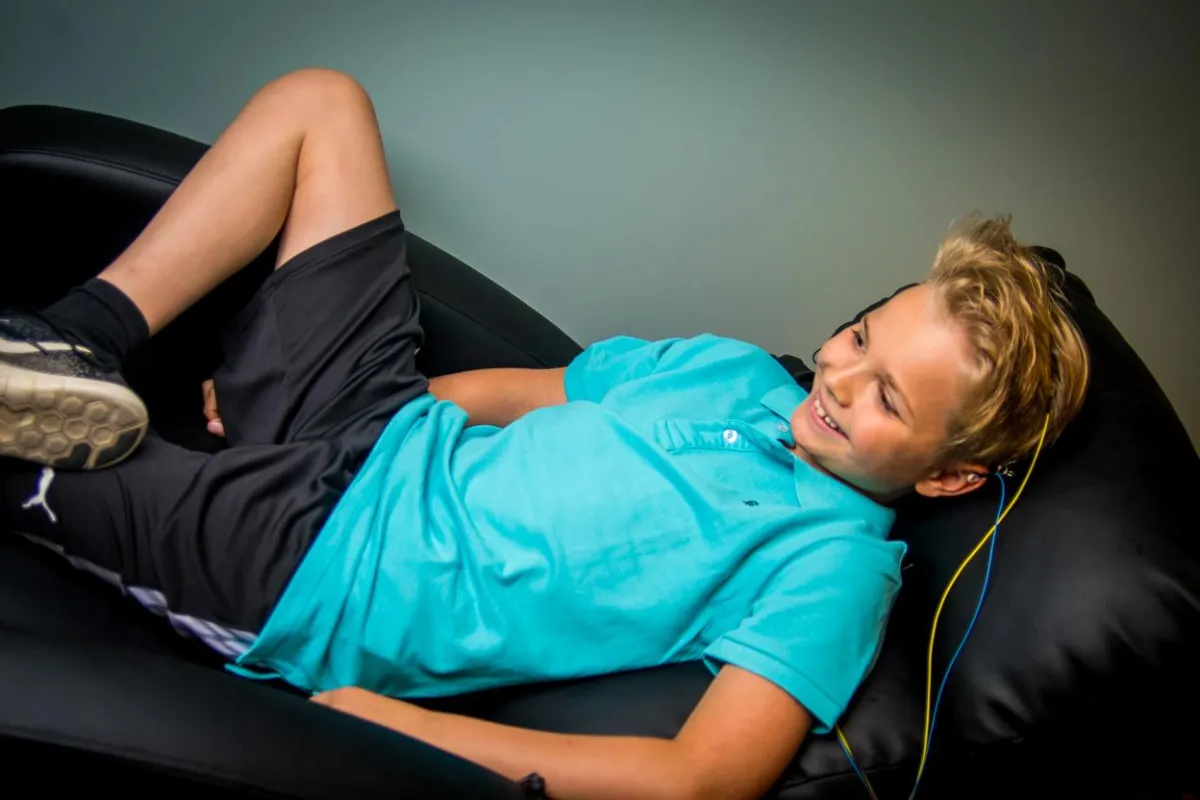





Sound Exciting
So Far?
Book Your 100% Free, No Obligation, Consultation Today And
Find Out How DRW NeuroPerformance Can Transform Your Life!
Sound Exciting So Far?
Book Your 100% Free, No Obligation, Consultation Today And
Find Out How DRW NeuroPerformance Can Transform Your Life!
